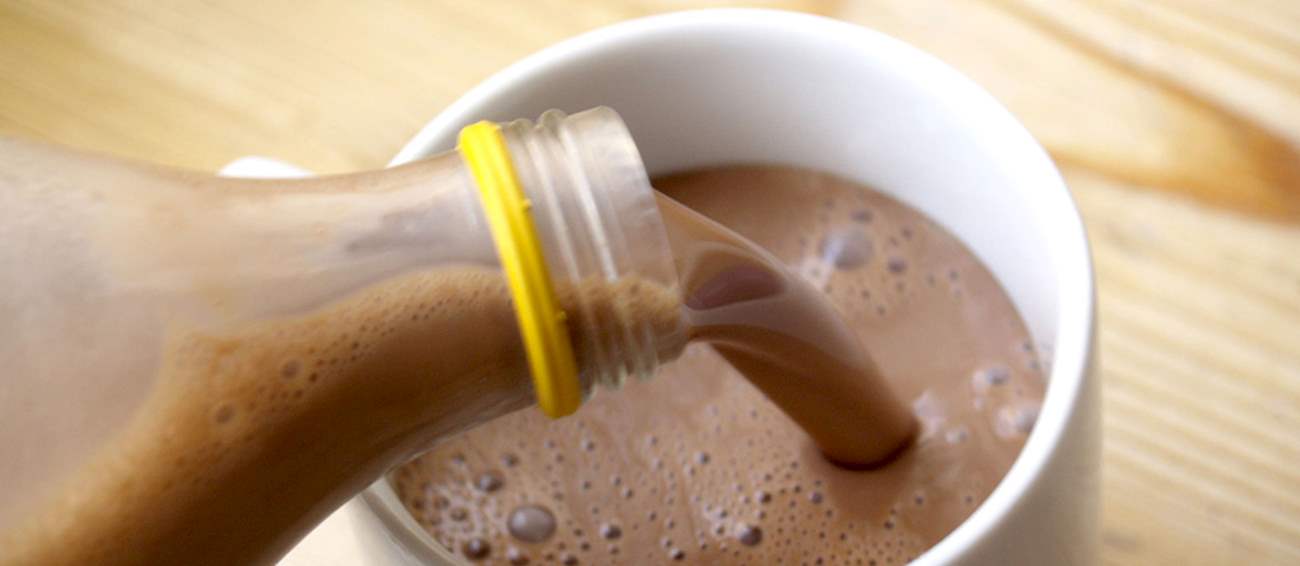Best Northern European Non-alcoholic Beverage Types
Julmust is a very popular Swedish soft drink that is consumed at Christmas time. This dark drink is often described as a mixture of cola and root beer, while its flavor is typically sweeter than most sodas. The name julmust translates to Christmas juice or Christmas must (not yet fermented fruit juice).
However, there is no actual must in julmust. It was first created by Harry Roberts as a non-alcoholic alternative to beer and porter, which were traditionally consumed during winter holidays in Sweden. Påskmust is the Easter version of the drink.
Cocio is a classic Danish chocolate milk that has been produced since 1951 and was originally invented by Anker Pallesen in Esbjerg. The drink combines fresh milk from Danish farmers, sugar, and only the best African cocoa, while the producers claim that the unique heating process gives the milk the typical, lightly caramelized flavor.
The drink is available in classic and dark version, as well as the lighter Cocio One and Cocio Energy. Though it is available in cans, the trademark glass bottle is still a firm favorite, while the preferred pairing option is the traditional pølser hot dog.
Pucko is a Swedish drink made with three basic ingredients: milk, chocolate, and sugar. It comes in an iconic glass bottle that was created by Arla Foods, a company which released it in 1954. Today, it is produced by a Danish company named Cocio.
Besides the glass bottle, Pucko is also sold in cartons. In Sweden, the drink is most often associated with hot dog vendors, who typically sell it as an accompaniment to hot dogs.
MAIN INGREDIENTS
Sima is a fermented Finnish drink, often classified as a low alcoholic variety of mead. It is a fizzy drink with a sweet and citrusy flavor that comes in a non-alcoholic and alcoholic form, though the former is more common. Often called a fermented lemonade, sima is nowadays usually made with lemon, white and/or brown sugar, yeast, and raisins.
In the original form, it was usually made with honey. The ingredients are usually fermented for several days before the drink is bottled and refrigerated. The longer it is left to ferment, it will become more effervescent and alcoholic. Sima is traditionally prepared and enjoyed during Vappu—Finnish celebration of May Day.
MAIN INGREDIENTS
Söderblandning is a tea blend invented in Sweden. It is based on black tea blended with tropical fruit and flowers. The blend was invented in Södermalm, Stockholm—hence the name. It remains one of the most popular teas in Sweden.
The exact ingredients are unfamiliar, and there are some differences among brands, but the base is made with Ceylon and Chinese black tea, while the additions may include citrus fruit and various flowers. Söderblandning was allegedly a lucky invention at the Tea Center in Stockholm.
MAIN INGREDIENTS
Kaffeost, also known as "coffee cheese," is a traditional coffee beverage from the northern regions of Finland, Sweden, Norway, and Russia, particularly in Lapland. What makes it unique is that coffee is mixed with cheese, which is cut into cubes or slices and placed inside the coffee.
The heat from the coffee softens the cheese, creating a unique texture that is slightly melty yet chewy, and the cheese absorbs some of the coffee's flavor, offering a savory and slightly sweet taste combination. Dried cheese leipäjuusto is the traditional choice and is typically made with either reindeer or cow's milk.
TasteAtlas food rankings are based on the ratings of the TasteAtlas audience, with a series of mechanisms that recognize real users and that ignore bot, nationalist or local patriotic ratings, and give additional value to the ratings of users that the system recognizes as knowledgeable. TasteAtlas Rankings should not be seen as the final global conclusion about food. Their purpose is to promote excellent local foods, instill pride in traditional dishes, and arouse curiosity about dishes you haven’t tried.



